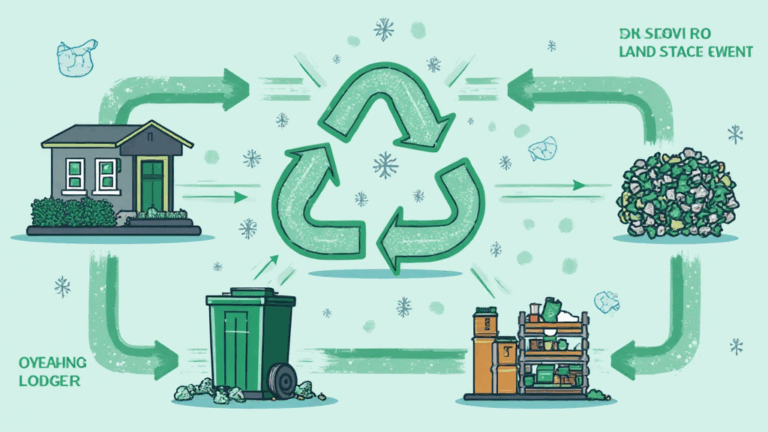
Understanding Bitcoin Slippage Tolerance Thresholds
In 2023 alone, the cryptocurrency market saw over $2 trillion in trading volume. With that immense trading throughput, one critical yet often overlooked concept has emerged: Bitcoin slippage tolerance thresholds. Have you ever felt uncertain about how much you could lose during a trade?
This article aims to illuminate the concept of slippage tolerance, its importance in the cryptocurrency landscape, especially in Vietnam, where blockchain technology continues to flourish. According to recent reports, Vietnam’s cryptocurrency user growth rate surged to 32% in 2023. Thus, understanding how Bitcoin slippage affects trading efficiency is paramount for investors in this region and beyond.
What Is Slippage?
Slippage occurs when a trader’s order is executed at a different price than expected due to market volatility. For instance, if you place an order to buy Bitcoin at $50,000 but the market price shifts to $50,200 before the order completes, you experience slippage of $200.

- Positive slippage
- Negative slippage
Understanding and managing slippage is critical for traders, especially in high-volume markets. When you’re trading on a platform like btcmajor, setting appropriate slippage tolerance thresholds can significantly enhance your trading experience.
Bitcoin Slippage Tolerance Thresholds Explained
Slippage tolerance is a trader’s pre-set limit on the acceptable price change during a trade. Essentially, it acts as a safeguard against unexpected price fluctuations. For example, if you set a slippage tolerance of 2%, this means you are willing to allow a maximum of $1,000 slippage on a $50,000 Bitcoin purchase.
Here’s the catch: If the price deviates beyond that threshold, the trade won’t execute. Setting an appropriate threshold is key to minimizing losses while ensuring timely trades. The challenge lies in finding a balance; set it too low, and you risk missing out on profitable trades. Set it too high, and you expose yourself to unnecessary losses.
Impacts of High Slippage on Trading
High slippage can have significant negative impacts:
- Increased Costs: Higher slippage increases the cost per trade, affecting profit margins.
- Market Inefficiency: It signals low liquidity, meaning you may not receive favorable prices.
- Reduced Trust: Frequent high slippage can undermine confidence in a trading platform.
For instance, if the market is especially volatile, such as during a Bitcoin price rally, slippage tolerance thresholds will play a crucial role in determining the effectiveness of your trades.
Case Studies and Data Analysis
One illustrative example involves examining Bitcoin trades during a significant market event. Let’s analyze a few trades executed during the peak price of Bitcoin in 2021:
| Transaction Time | Set Price | Executed Price | Slippage |
|---|---|---|---|
| 2021-04-15 10:00 | $64,000 | $64,500 | $500 |
| 2021-04-15 10:05 | $64,000 | $63,500 | -$500 |
Data indicates that slippage accounted for up to 4% of the total trade value during peak trading times. Notably, having adequately set slippage thresholds would have minimized these costs.
Slippage Tolerance Threshold Strategies
So, how can one effectively manage Bitcoin slippage tolerance thresholds? Here are a few strategies:
- 1. Assess Market Conditions: During high volatility, consider increasing your slippage tolerance to ensure that trades execute.
- 2. Liquidity Consideration: Use markets with higher liquidity to reduce slippage potential.
- 3. Incremental Orders: Place multiple smaller orders instead of one large order to minimize slippage impacts.
Implementing these strategies can significantly enhance the trading experience, reducing the risk of negative slippage effects. It is crucial for Vietnamese traders to consider the dynamic nature of their local market.
Local Insights: The Vietnamese Crypto Market
As the Vietnamese crypto landscape matures, understanding Bitcoin slippage tolerance thresholds has become increasingly important. With a user growth rate of 32% in 2023, Vietnam is poised to become a crypto powerhouse. However, local regulations, market volatility, and liquidity challenges present unique hurdles.
The ongoing rise of decentralized finance (DeFi) in Vietnam emphasizes the need for traders to grasp these concepts adeptly. It is important to stay informed about local regulatory changes and their potential impact on trading methodologies.
Conclusion
In conclusion, understanding and effectively managing Bitcoin slippage tolerance thresholds is vital for crypto traders. With the ongoing developments in the cryptocurrency market, particularly in Vietnam, being adept in these skills will enhance trading success. Remember, in this dynamic space, slippage tolerance is not just a technical measure but also a strategic tool.
As the market continues to evolve, exploring tools that can further safeguard your trading experience, such as btcmajor, will be essential. To stay ahead in this rapidly-changing landscape, understand your slippage tolerance thresholds and trade wisely.






